When designing a home, many people choose features that suit their lifestyle and aesthetic preferences, creating spaces that feel modern and functional. However, these choices may not always be practical once kids or pets enter the picture. Features that seem like a good idea in theory can quickly turn into challenges when the daily hustle of family life or pet ownership takes over. From delicate furniture to trendy materials, what once felt like a dream home may become a nightmare of cleaning, repairs, and adjustments. Understanding these potential pitfalls can help homeowners make more informed decisions that work for both their aesthetics and practical needs.
1. White Upholstery: Pretty, but Hard to Keep Clean
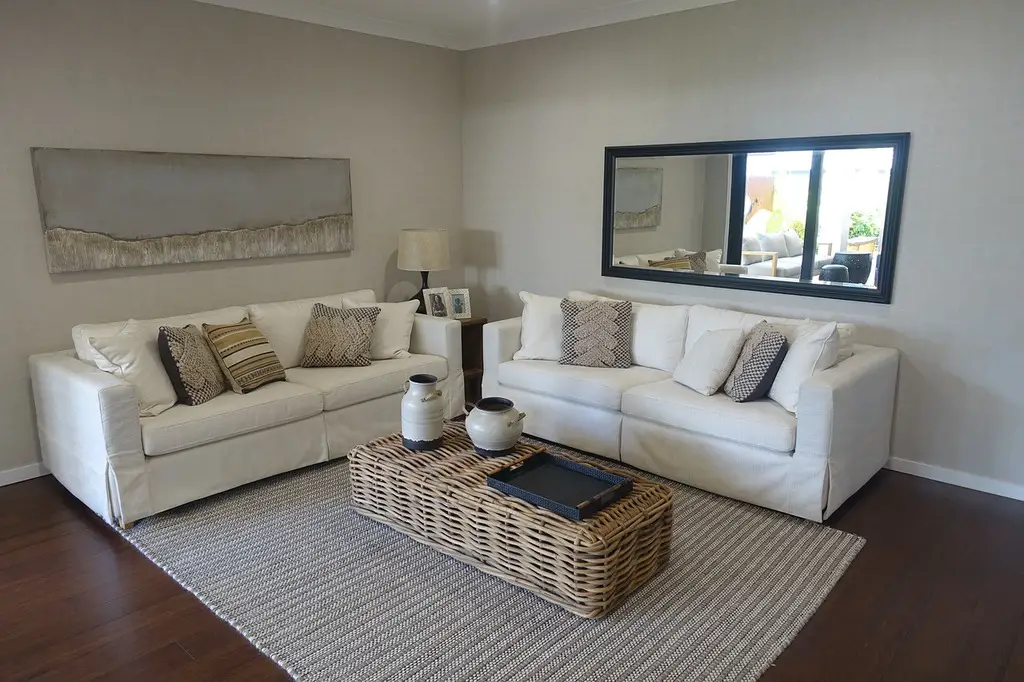
As noted by Apartment Therapy, white and light-colored furniture may look stylish in a magazine, but it’s a different story once kids or pets start interacting with it. Spills, stains, and dirt become more noticeable on light-colored fabrics, and the cleaning process can become a never-ending chore. Even with regular vacuuming and spot-cleaning, the challenge of keeping upholstery pristine can overshadow the initial appeal. Homeowners with young children or pets may find themselves opting for slipcovers or investing in more durable, darker fabrics to maintain their furnishings.
White upholstery can also be a magnet for pet hair, leaving a constant need for lint rollers and vacuums. While cleaning techniques like fabric protectors can help, the frequency of cleaning may eventually wear down the fabric’s integrity. Over time, maintaining light-colored furniture can lose its charm, and a shift to darker tones or washable slipcovers may become the more practical choice for busy households.
2. Glass Coffee Tables: Stylish but Dangerous
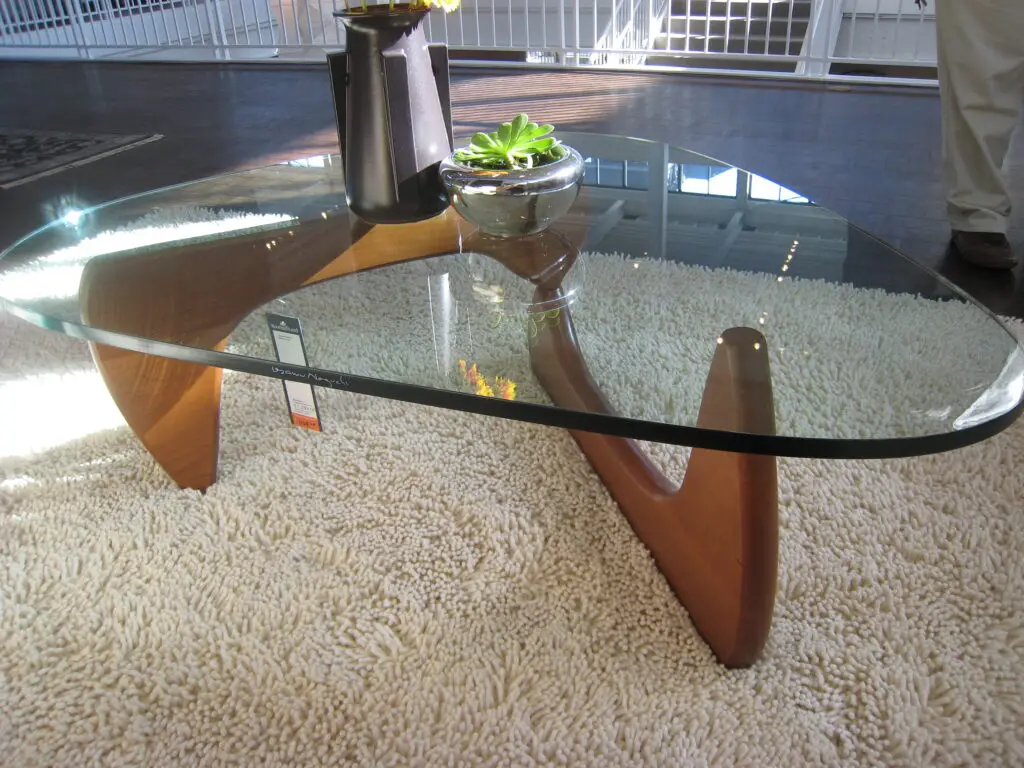
According to Architectural Digest, glass coffee tables can be an elegant addition to any living space, but they come with significant risks in homes with young children or pets. The sharp edges of glass tables present a danger, particularly in homes where kids are still learning to navigate their surroundings. A single bump could result in injury, making glass tables a less ideal choice for families. While the sleek look may fit the aesthetic, safety should always come first, and the risk of injury can outweigh the benefits of having a glass tabletop.
Additionally, glass tables are prone to smudges, fingerprints, and scratches, especially with curious little hands or pets that may jump on or around them. The constant need for cleaning and the potential for breakage or damage can make glass tables less practical. For families looking for both style and function, replacing glass tables with softer, more durable materials like wood or sturdy metal can provide a better balance of safety and design.
3. Open Shelving in the Kitchen: Stylish, but Impractical
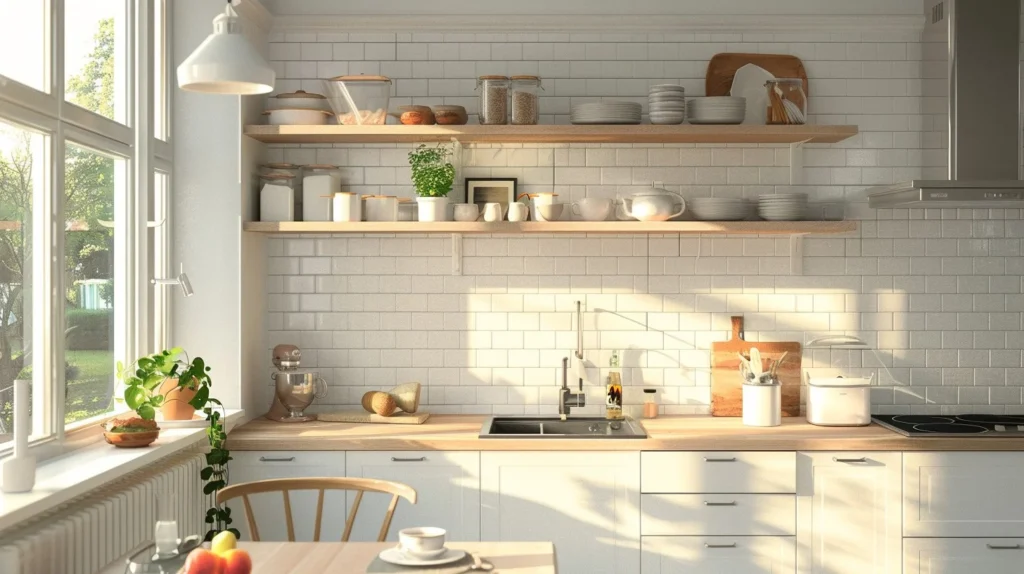
The Spruce points out that open shelving in the kitchen has been a popular trend due to its modern and airy feel. However, this design choice often leads to chaos when children or pets are part of the household. Open shelving requires constant maintenance and organization, as items are left exposed and vulnerable to dust, spills, and even curious little hands. In families with kids or pets, the kitchen can quickly become cluttered, with items being removed and left out of place, making the space feel messy and unorganized.
In addition, open shelves don’t offer the same protection against damage as closed cabinets. Items such as dishes, glasses, and food can easily be knocked over or broken by children or pets running through the space. The need for constant tidying and re-organizing can quickly become a hassle, turning a stylish feature into an impractical one for busy households. Closed cabinetry or deeper shelving units may be a more suitable option for those with young children or pets, allowing for easier organization and maintenance.
4. Hardwood Floors: Beautiful but Difficult to Maintain
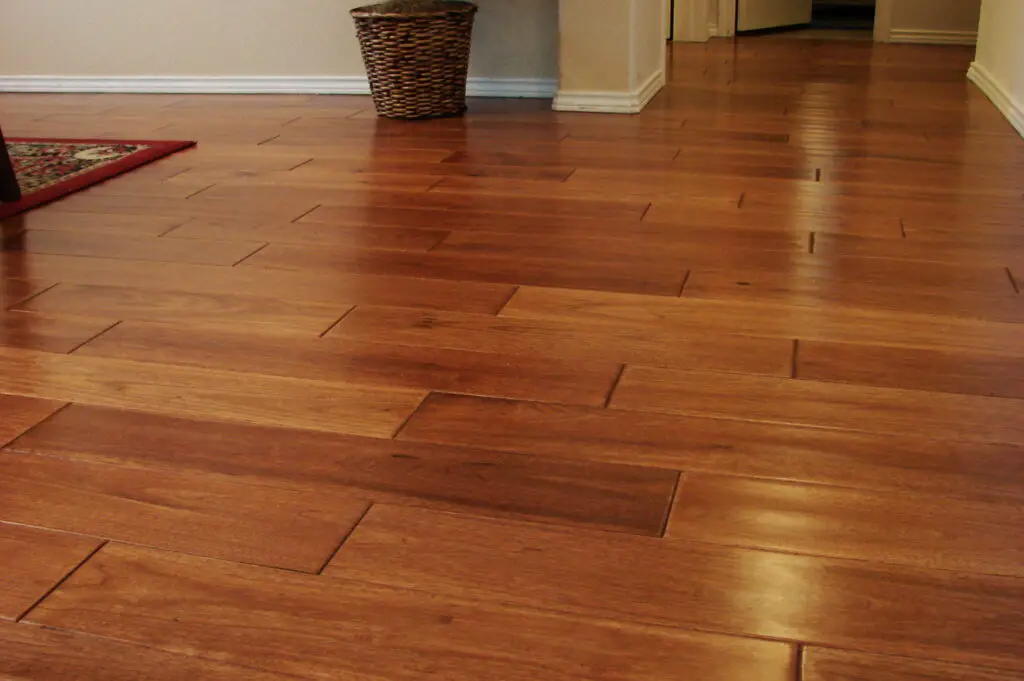
As noted by Forbes, hardwood floors are a timeless and elegant choice for any home, but they can quickly show signs of wear and tear when children or pets are present. High foot traffic, spills, and scratches from toys or pet claws can damage the surface over time. While hardwood floors can be refinished, the process is costly and time-consuming, and may not be as feasible for families with pets or small children. Maintaining the pristine condition of hardwood floors becomes increasingly difficult as daily life brings new challenges to its durability.
In addition, hardwood floors can become slippery, posing a safety risk for children and pets. Whether it’s a toddler taking their first steps or a dog running through the house, falls are more likely to occur on slick surfaces. Rugs and mats can help, but they can also add to the maintenance burden, requiring regular cleaning and adjustments. For homes with active families, engineered wood or luxury vinyl plank flooring may provide a more practical alternative, offering durability and easy maintenance without sacrificing style.
5. Open Staircases: Aesthetic, but Hazardous
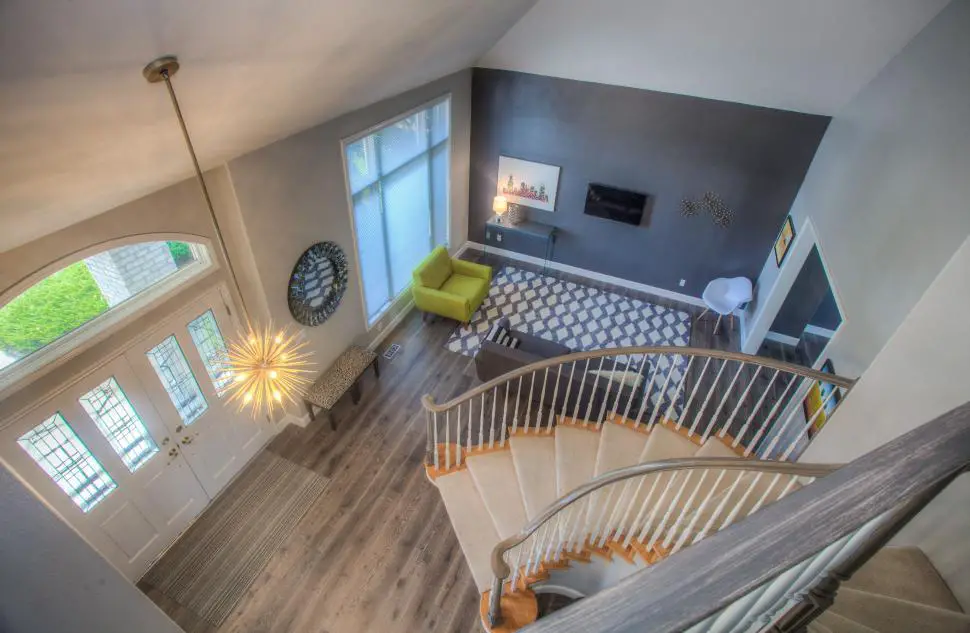
Open staircases, with their sleek and modern design, are often favored in contemporary homes for their airy look. However, they can become dangerous when children or pets are part of the household. The open treads can create a risk of falling or tripping, especially for younger children who haven’t developed a strong sense of balance yet. Pet owners also face the challenge of pets attempting to navigate the stairs, which can lead to accidents or injury if they slip or miss a step.
Aside from the safety hazards, open staircases also allow for dust and debris to accumulate more easily, making cleaning a bigger chore. The spaces between the rails may also tempt children to squeeze through or stick objects through, causing potential problems. Adding safety features like gates or redesigning the staircase with closed steps or railings can mitigate these risks, but it’s important for homeowners to prioritize safety when designing spaces meant for the whole family.
6. High-Gloss Finishes: Too Polished for a Lived-In Home

High-gloss finishes, whether on kitchen cabinets, walls, or furniture, are often chosen for their sleek and shiny appearance. However, they can show every smudge, fingerprint, and scratch, which becomes increasingly noticeable in homes with children or pets. While high-gloss finishes can offer a contemporary look, they require constant upkeep and regular cleaning to maintain their polished appearance. The high-maintenance nature of glossy surfaces can quickly become tiresome for homeowners who have to deal with the messes that come with young kids or pets.
Additionally, high-gloss finishes may not be the best choice in households with pets, as they tend to show scratches more prominently. Pets can inadvertently scratch the surface while running around or jumping on furniture, making these finishes less practical in the long run. Opting for matte or satin finishes can provide a similar aesthetic while requiring less maintenance and standing up to daily wear and tear more effectively. In homes where function is key, choosing more forgiving finishes can help keep spaces looking polished without the extra stress of upkeep.
7. Formal Dining Rooms: Unused and Hard to Maintain
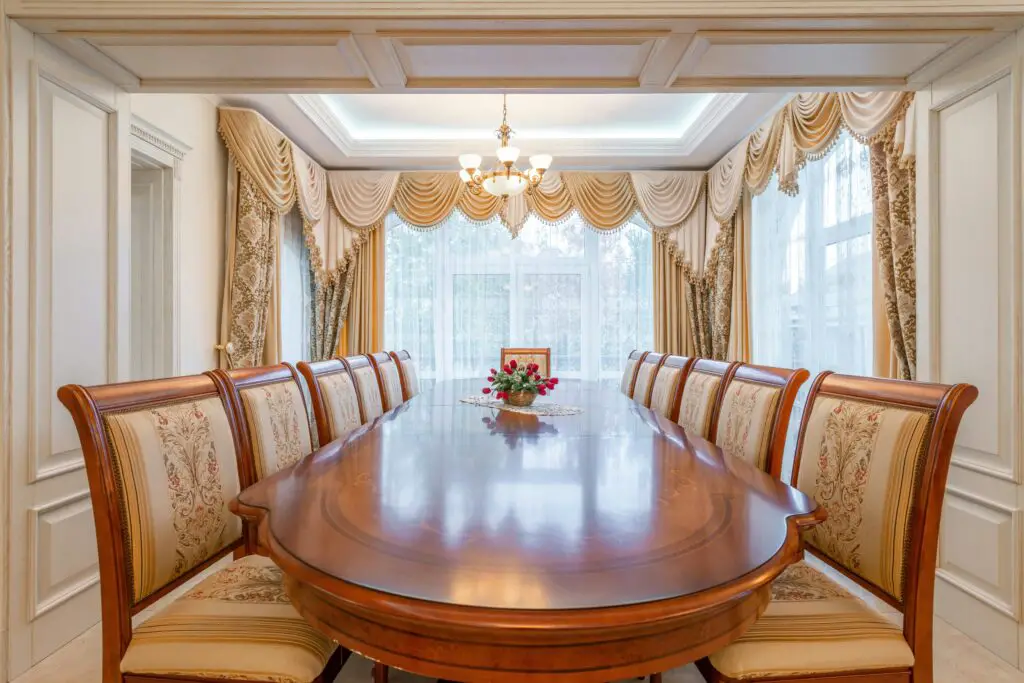
Many homes come with a dedicated formal dining room, a feature that once symbolized elegance and grandeur. However, in modern homes, this room often ends up being underutilized, especially when kids and pets are involved. Formal dining rooms can feel too structured for casual family meals, with families opting to eat in the kitchen or living room instead. As a result, this space is left vacant, collecting dust and requiring extra cleaning without serving much of a functional purpose.
The formality of a dedicated dining space can also be challenging when trying to keep it child- and pet-friendly. Pets may see the room as another area to explore, potentially knocking over furniture or getting into food. Families with young children may prefer a more informal dining space where they can eat casually, making the formal dining room redundant. Transforming this space into a more multifunctional area, like a playroom or home office, can make better use of the square footage and suit the evolving needs of the household.
8. Large Mirrors: Reflecting the Chaos
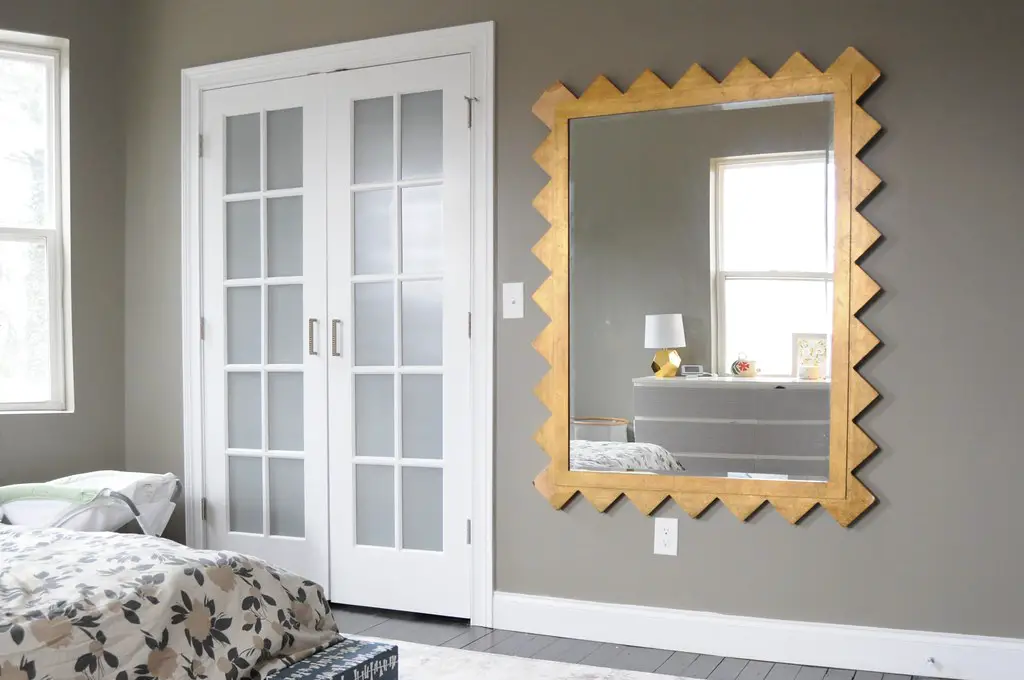
Large mirrors are often used to create the illusion of space and light in a home. While they can be aesthetically pleasing, they may not be ideal in homes with children or pets. Kids may be drawn to the mirrors and start touching them or playing around them, leading to smudges, fingerprints, and even the risk of breaking the mirror. Pets may also interact with mirrors, particularly if they notice their reflection, leading to scratches or damage to the surface.
Additionally, large mirrors can often reflect clutter or messes in a room, exacerbating the sense of disorganization. What was intended as a design element to expand the visual feel of a space can instead draw attention to areas of the home that are less tidy. Smaller, more strategic mirror placements or opting for mirrors with protective coatings can help maintain the visual effect without the risks or cleaning issues that come with large, reflective surfaces. For families, balancing aesthetics with practicality is key when it comes to mirror placement.
9. Dark Colors: Cozy, but Can Make Spaces Feel Smaller
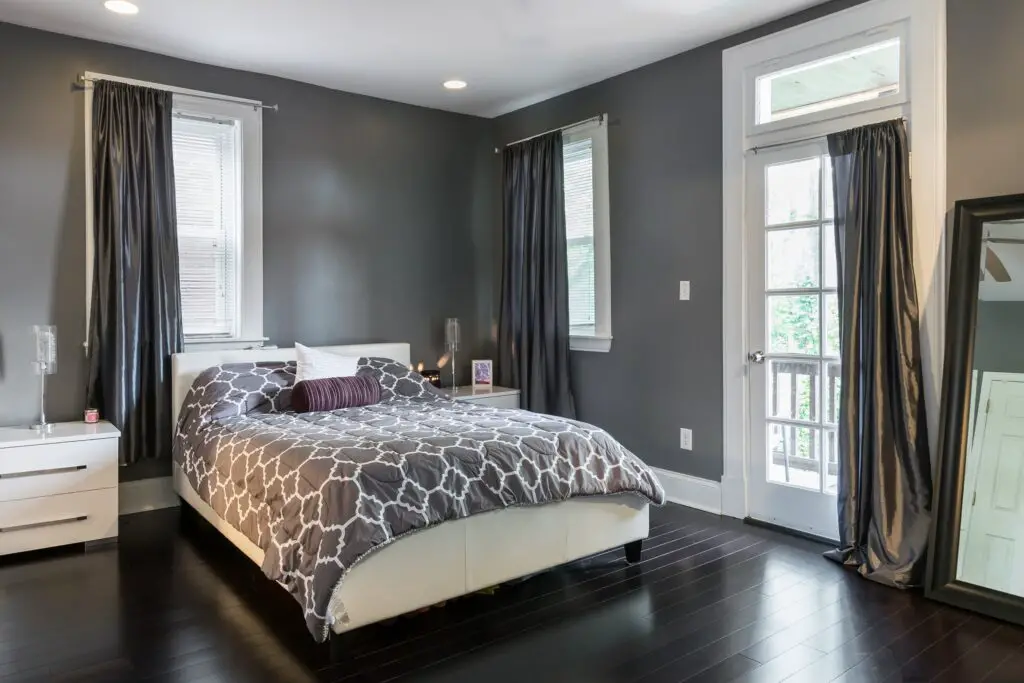
While dark colors can create a cozy, intimate atmosphere in a home, they can also make spaces feel smaller, especially when kids or pets are involved. Dark walls, floors, or furniture absorb light, which can create a cramped and closed-in feeling. For smaller rooms or areas with limited natural light, dark colors can amplify the sense of confinement, making the space feel even more crowded than it already is. In homes with young children or pets, dark colors can also show dirt, stains, and hair more easily, adding to the maintenance burden.
To counteract the effect of dark colors, homeowners can incorporate lighter furniture, rugs, or accessories to balance out the space. Additionally, using lighter colors in high-traffic areas or rooms that are used frequently by kids and pets can help maintain a sense of openness. Choosing a combination of light and dark tones can provide a stylish contrast while still allowing the space to feel expansive. Ultimately, understanding how dark colors interact with the layout and lighting of a room can help homeowners avoid making their spaces feel more cramped than intended.
10. Exposed Cables: Potentially Dangerous

Exposed cables, whether in entertainment centers, office setups, or lighting fixtures, can add an industrial or minimalist flair to a home. However, they pose a significant risk when children or pets are present. Young children, especially, may be drawn to touch or play with cables, which could lead to dangerous situations like electric shock or entanglement. Pets, too, may chew on exposed cords, leading to the potential for electrical hazards or damage to expensive electronics.
The temptation for curious kids or pets to interact with exposed cables can make it difficult to maintain a safe environment. To mitigate these risks, homeowners can opt for cable management systems, protective covers, or wall-mounted solutions that keep cords out of reach. Concealing wires behind furniture or within protective channels not only improves the aesthetic appeal but also ensures a safer living space for families. Additionally, using wireless technology whenever possible can help reduce the need for visible cables in high-traffic areas.
11. Fancy Curtains: Beautiful but Hard to Maintain
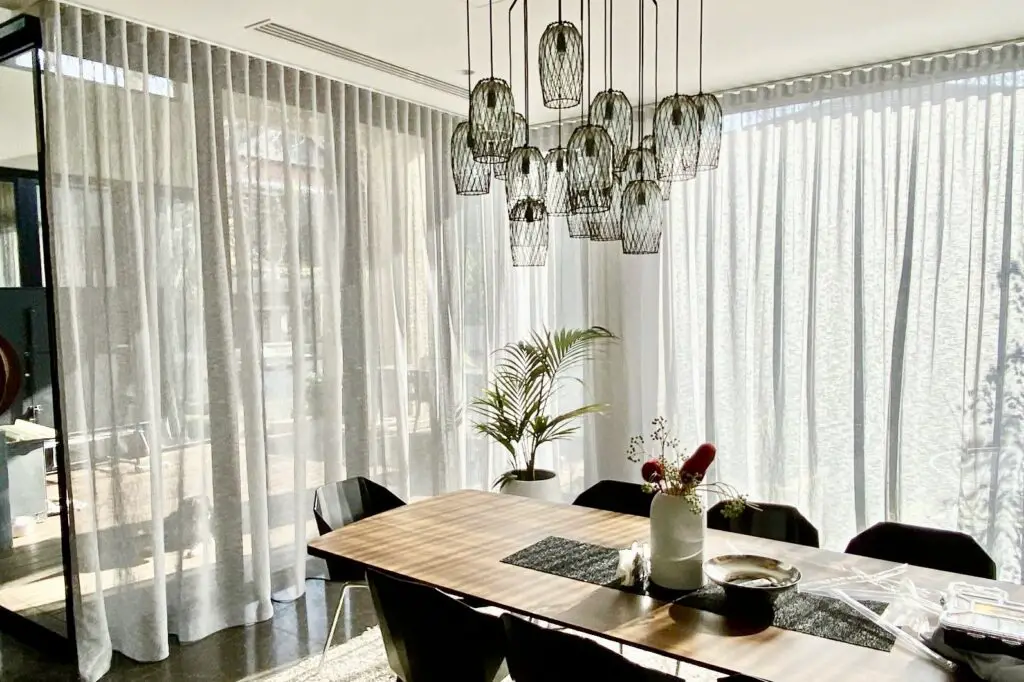
Fancy, floor-length curtains can enhance the aesthetic of any room, giving it a refined, luxurious look. However, these curtains can quickly become impractical in a home with children or pets. Kids might tug at the curtains or use them as climbing tools, leading to possible damage or the need for constant repairs. Pets, particularly dogs and cats, may scratch, chew, or climb on the fabric, causing it to fray or become stained over time.
Additionally, long, elaborate curtains are prone to collecting dust, pet hair, and allergens, making frequent cleaning necessary. The process of washing and re-hanging delicate fabrics can be time-consuming and often results in wear and tear. For families with young children or pets, opting for simpler, machine-washable curtains or shades can provide the desired look while requiring less upkeep. This approach also reduces the risk of damage while offering a more practical solution for busy households.
12. Indoor Water Features: Tranquil but Messy

Indoor water features, such as fountains or small water walls, are often added to create a calming atmosphere within a home. However, when kids or pets are involved, these features can quickly become more of a headache than a source of relaxation. Children may be tempted to play in or around the water, which can lead to spills or messes outside the feature. Pets, particularly cats and dogs, may jump into the water, leading to wet floors and possibly even damage to the water feature itself.
Moreover, maintaining an indoor water feature requires regular cleaning to prevent the buildup of algae or bacteria, which can make the area unsanitary. Pets may inadvertently drink from the feature, or their paws may stir up debris, causing the water to become murky. For families with children or pets, opting for a simple plant or decorative object can provide the desired ambiance without the added upkeep or mess. If a water feature is non-negotiable, ensuring it is properly sealed and placed in an area less frequented by children or pets can help minimize complications.
13. Fragile Collectibles: Prone to Breakage
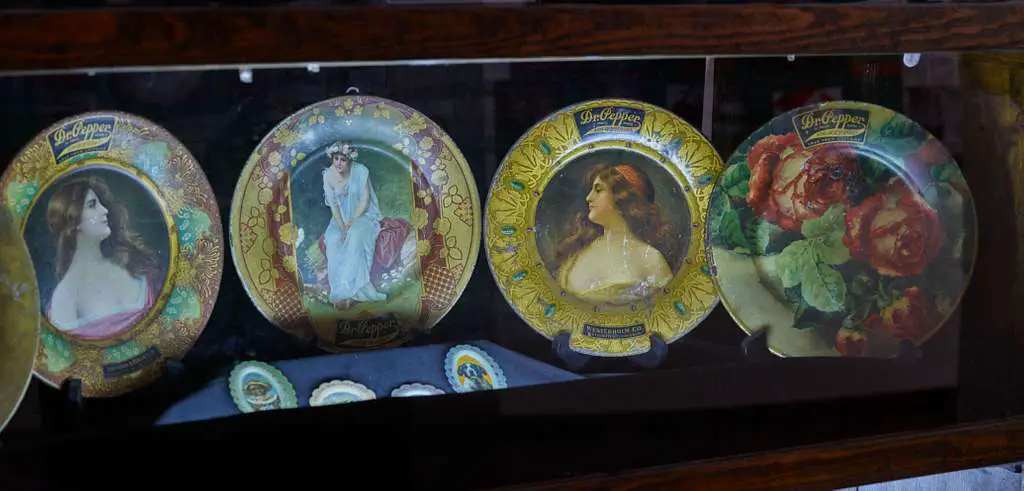
Fragile collectibles such as porcelain figures, fine glassware, or antique knick-knacks may seem like an elegant addition to a home, but they can quickly become liabilities in a household with children or pets. Kids, in particular, may not understand the delicate nature of such items, leading to accidents that result in broken or damaged pieces. Pets may also inadvertently knock items off shelves or countertops, causing them to break. These prized possessions, while beautiful, become a constant source of concern when living in a busy, active environment.
Furthermore, fragile items require regular dusting and handling with care, adding to the maintenance burden for homeowners. In homes with pets, fur and dust can accumulate on these items, requiring more frequent cleaning. To preserve both the integrity of collectibles and the peace of mind of parents and pet owners, it’s a good idea to place delicate items in secure cabinets or display cases. For those unwilling to part with their collections, finding safer spaces to display them—like high shelves or enclosed displays—can reduce the risk of accidents while keeping the aesthetic intact.
